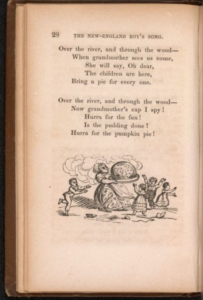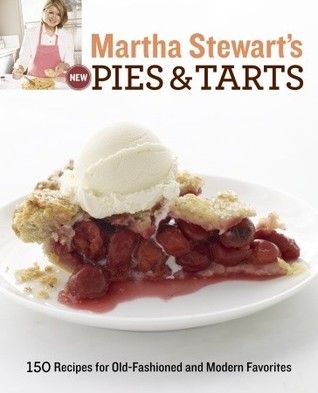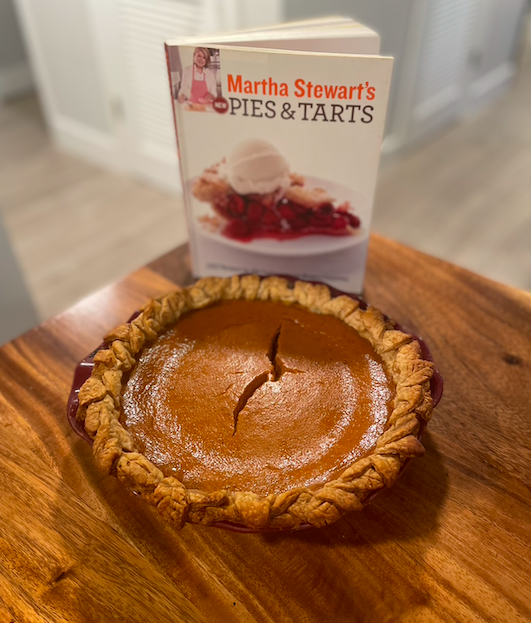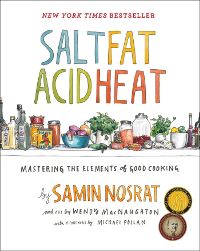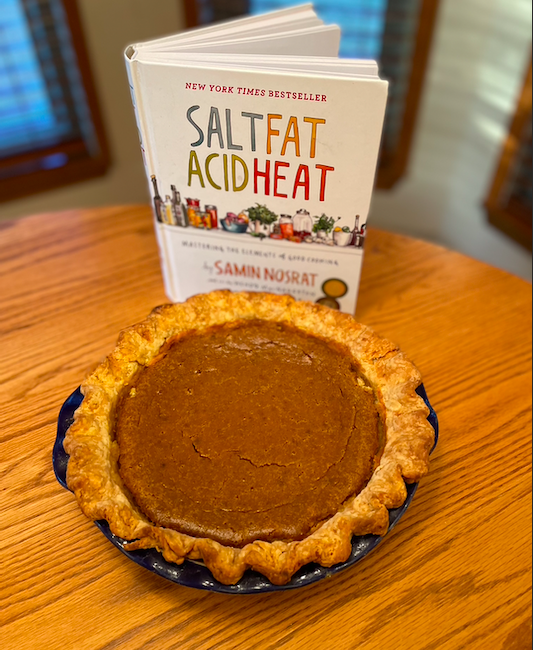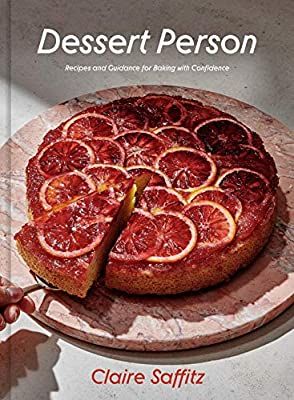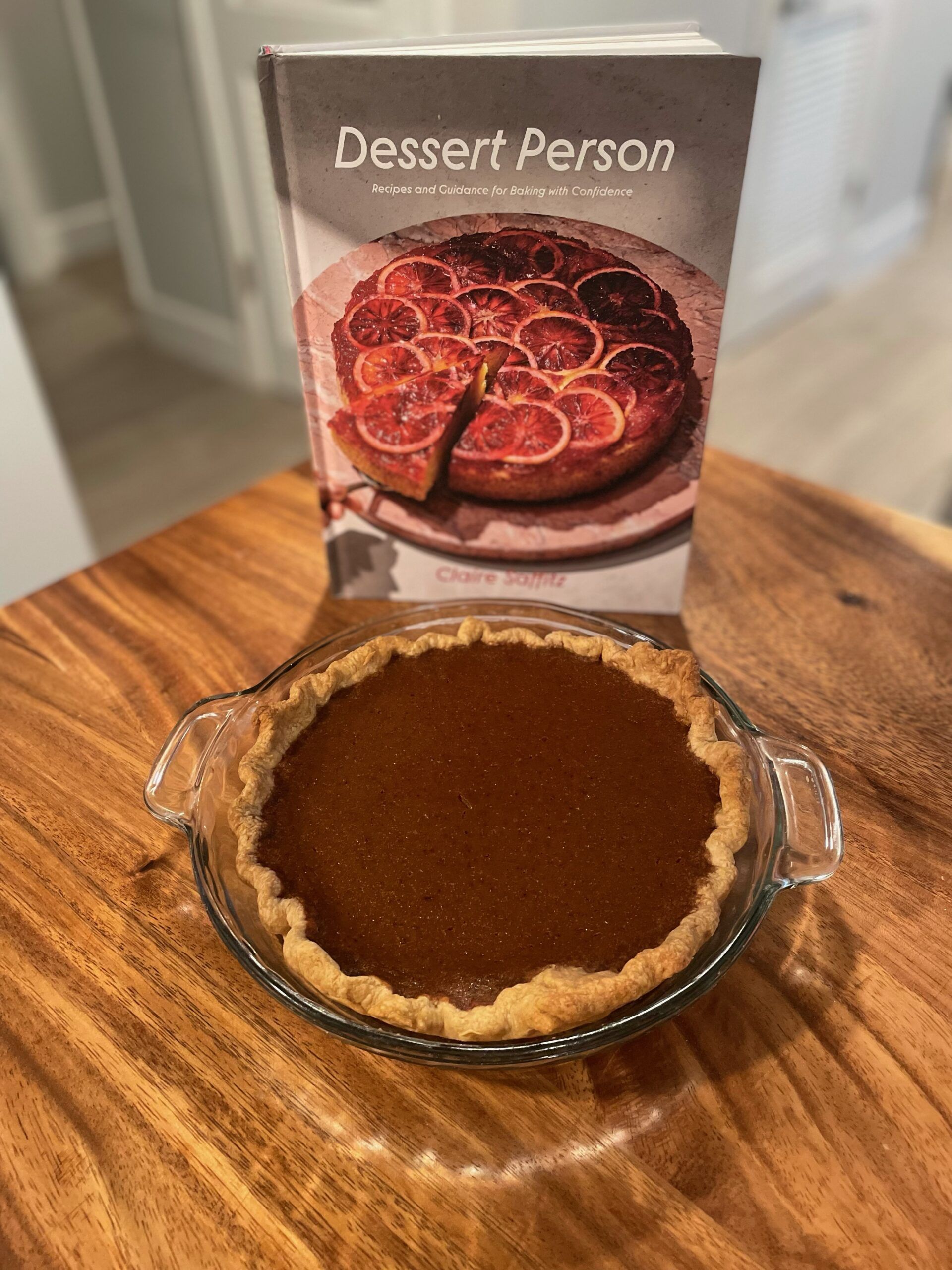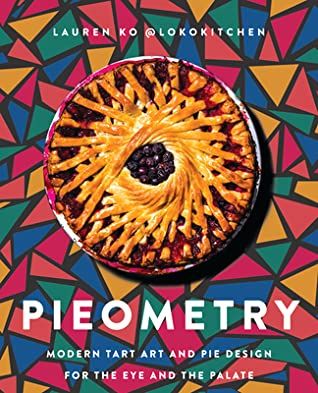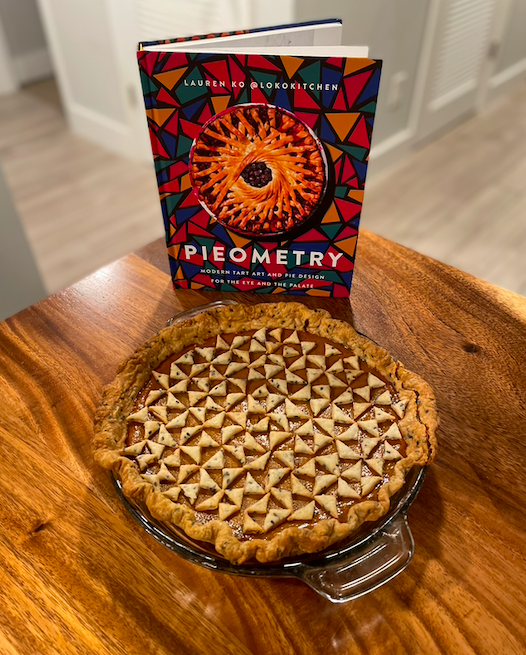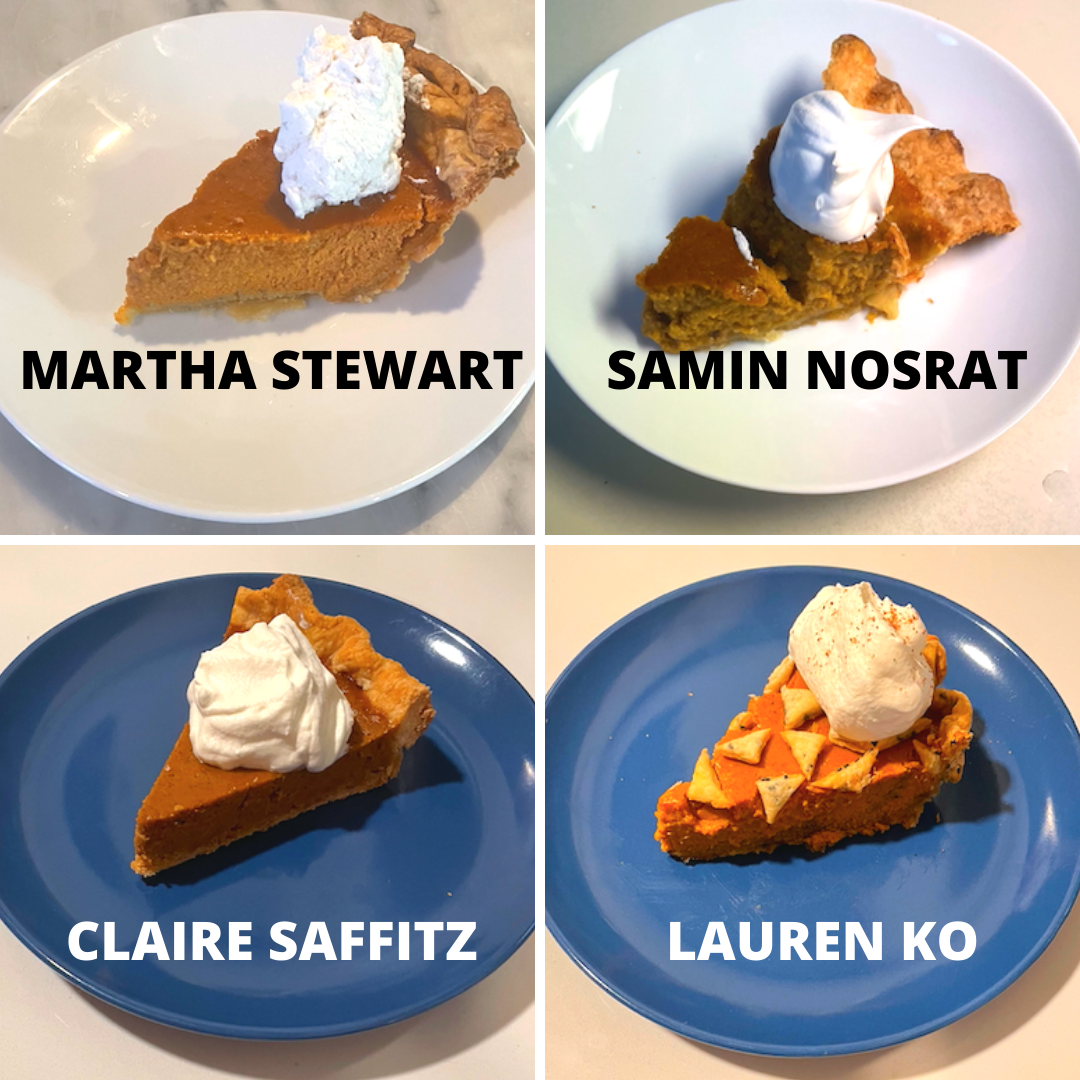Pumpkin pie is a beloved fall favorite, frequently found at Halloween parties and Thanksgiving feasts. Typically, pumpkin pie has a pastry shell filled with a custard made of pureed pumpkin, eggs, cream, sweetener like brown sugar or honey, and some combination of warming spices. These spices can include cinnamon, ginger, nutmeg, cloves, allspice, and more. If you think about it, pumpkin pie basically started the pumpkin spice blend that can now be found in everything from lattes and cookies to deodorant and cough drops. Like much of American cuisine, pumpkin pie is the result of colonization. Pumpkins are native to North America and were some of the first foods Native Americans shared with white colonizers. Pumpkin pie was likely present at the first Thanksgiving in 1621, although it was probably prepared by baking spices and seasoned milk inside a whole pumpkin. Once pumpkins made the journey to Europe, and particularly to pie-loving France, they quickly found their way into the custard-based, pastry-crusted pumpkin pie modern Americans would recognize. While the pumpkin pie we know today is similar to pumpkin pies made centuries ago, the process of making pumpkin pie changed significantly as canned pureed pumpkin became more available. And if you haven’t already heard, forgive me for rocking your world, but you deserve the truth: The canned pumpkin found at grocery stores today isn’t really made with the pumpkins you carve to make jack-o-lanterns. Instead, they’re most often made from squash. Libby’s, the brand that makes more than 85% of canned pumpkin worldwide, uses a proprietary “Dickinson squash” that is more closely related to butternut squash than the orange gourds found at your local pumpkin patch. And because of the murky line between pumpkin and squash, the FDA allows them to label cans as 100% pure pumpkin. But not to worry. This squash is actually better for your average baked good, as it’s less watery and stringy than orange pumpkins. Now that you’ve had a primer on pumpkin pie, let’s get to the cookbook showdown, shall we?
Cookbook Showdown: Best Pumpkin Pie Recipes
The Process
This was about as barebones as the pumpkin pie making process gets, plus a little decorative touch. Martha Stewart’s pate brisée is a very approachable pastry, with options to make it by hand or with a food processor. Her pumpkin pie calls for using the pastry scraps to create little leaves, which were way cuter before they were baked, but still turned out fairly recognizable. The filling was very standard, with cinnamon, ginger, and ground cloves added for flavor. The custard cracked while cooling, something that could have been avoided if I’d turned off the oven and cracked the door while it came to room temperature. The final result was a tasty pie that definitely meets expectations, but left plenty of room for improvement.
Martha Stewart Pie Scores
Appearance: 2.5/5 — It would have been a lot prettier without that crack, which could have been avoided by slowing the cooling process or by adding an extra egg to the custard. The pastry leaves were cuter before baking, but still turned out alright. Taste: 3/5 — The texture of the custard was light and fluffy, and the pastry was flaky and buttery. It definitely could have used more seasoning, or even another ingredient or two to create a more complex flavor. Difficulty: Moderate — The filling was easy to make, but the pastry requires a little skill, especially with the decorative pastry leaves.
The Process
While this pie may look pretty in the picture, I’m sorry to tell you that it was incredibly disappointing to eat. It hurts to say it, but everything about this recipe was wrong. While it uses the same winning pie crust recipe as Nosrat’s apple pie, it wasn’t parbaked (baked partially before being baked with the pumpkin filling), which led to the dreaded soggy bottomed pie. The filling itself was under-seasoned, and even worse, a terrible texture. In my opinion, it needed twice as many eggs and half as much heavy whipping cream. With such a moist filling, I had to bake it more than half an hour past the recommended baking time in order to make the custard set. It tasted slightly better after sitting in the fridge overnight, but this is not a recipe I would make again. In fact, I was planning to test another recipe that didn’t call for parbaking the crust, but after this fiasco, I couldn’t stand to make the same mistake twice and found a different recipe instead.
Samin Nosrat Pie Scores
Appearance: 3.5/5 — It looks alright, but the filling sunk slightly even after baking it far past the suggested oven time. Taste: 1.5/5 — I finished a slice, but only barely. I couldn’t handle the clumpy texture and soggy crust. The cinnamon, ginger, and cloves gave it a little flavor, but not enough. Difficulty: Easy — This was a very simple recipe, and was in fact probably oversimplified. In conclusion, always parbake the crust for pumpkin pie!
The Process
Saffitz’s pie crust recipe was a little intimidating, made up of three full pages of written instructions and three full pages of process photos. Was it the most difficult pie dough recipe I’ve ever made? Yes. Was it the tastiest pie crust I’ve ever made? Also yes! This is going to be my new go-to pie crust recipe. As for the filling, browning the butter and caramelizing the honey took a little extra time and skill, but they gave the pie a rich, nutty flavor that really worked, even if you couldn’t necessarily identify them as the secret ingredients. The look and taste was exactly what I look for in a pumpkin pie, making the extra steps well worth the trouble
Claire Saffitz Pie Scores
Appearance: 3.5/5 — The crust shrank a smidge and the custard was darker than most pumpkin pies, but still cute. The custard had the smoothest appearance of any I tested. Taste: 5/5 — While I wouldn’t have guessed this recipe included browned butter and caramelized honey, they gave it a great complexity of flavor and worked well with the cinnamon, ginger, allspice, nutmeg, and cloves. Difficulty: Moderate — Browning the butter and caramelizing the honey require a little skill, and the pie dough was fairly complicated, although the steps are well described.
The Process
I would describe the process of making this pie as harrowing. It started with finding the ingredients. I went to five different grocery stores in three states to eventually find black sesame seeds at one, and I couldn’t find black tahini anywhere. The internet told me it was quite easy to make tahini at home by pulverizing sesame seeds with neutral oil and a pinch of salt. But after working with a manual food chopper, a food processor, an immersion blender, and a pestle, I ended up with a paste that looked like wet asphalt. Then came the actual process of making the pie. Cutting and baking a hundred tiny pastry triangles was as exhausting as it sounds. But the pastry and filling came together easier than expected, and when I finally put it all together, I was pretty amazed at what I created. Even better, it tasted wonderful! The sesame seeds gave the pie a nice salty/sweet balance, and the plentiful spices made the pie filling pop. Was it worth the trouble of making it? I’m still not sure. But I sure did love eating it.
Lauren Ko Pie Scores
Appearance: 5/5 — I mean, just look at it! This pie is absolutely Instagram-worthy. Taste: 4/5 — I personally loved the salty and sweet flavor of the sesame seeds and the strong flavors of cinnamon, ginger, nutmeg, cloves, and allspice. But it wasn’t very sweet, and may be controversial as a holiday dessert — particularly for picky eaters. Difficulty: Challenging — You can probably guess from looking at this pie that it was incredibly time-consuming. The added step of making my own black tahini didn’t help. But at least the result was rewarding!
What I Learned
Before we get to the results, I want to share a few tips I learned along the way during this Cookbook Showdown.
Use canned pumpkin puree (and not pumpkin pie filling): It’s possible to make your own pumpkin puree, but it may take you several additional hours of work. Pumpkin pie experts seem to agree that the canned stuff is not only easier; it also makes for a better finished product. It’s made from specially cultivated squash to be smoother and less watery. Just make sure you’re not buying pumpkin pie filling, which looks the same but contains a lot of extra ingredients, making it hard to control the flavor and texture of your pie. Parbake the crust: This may be controversial, since plenty of pumpkin pie recipes disagree. But after the Samin Nosrat pie fiasco, I’ll never make a pumpkin pie without parbaking the crust again. Parbaking involves baking the empty pie shell prior to adding the filling, usually with foil and dry beans or pie weights to help the crust hold its shape. It takes more time and work, but I’d far prefer a little more time baking to a soggy bottomed crust. Get creative with the ingredients: Pumpkin pie is surprisingly versatile, so there’s a lot of room to play around with flavors. You can make your own pumpkin spice blend using a combination of cinnamon, ginger, nutmeg, cloves, and allspice. And based on this test, adding surprise ingredients like browned butter, caramelized honey, and black sesame seeds brought out even more depth of flavor. The quality and freshness of your spices matter: I made these pies in a couple of different locations. I noticed a significant difference in the flavor of the batter and the finished pies based on the age of the dried spices I used. I used brand new powdered ginger from Diaspora Co. in two of the four pies, and I was completely blown away but what a difference the high-quality spice made. Diaspora Co. sells incredibly fresh, single-origin spices, and they’re revolutionizing the spice trade and paying farmers a living wage. This Cookbook Showdown proved to me without a doubt that high-quality, fresh dried spices are a game changer. (I’m not getting paid to promote Diaspora Co. — I’m just a big fan!)
Alright, without further ado, let’s get to what you’ve all been waiting for: the results! Because so many of these pies turned out great, I’ve got one winner and couple of honorable mentions. Let’s go to the slice-by-slice:
Best Pumpkin Pie Recipe Winner: Claire Saffitz, “Caramelized Honey Pumpkin Pie,” Dessert Person
After much debate among my taste testers (AKA my wife and a few friends), Claire Saffitz’s pumpkin pie recipe was officially declared a winner. The pastry knocked it out of the park. The filling was deliciously spiced, and the addition of browned butter and caramelized honey gave the pie excellent depth of flavor. It was beloved by dedicated pumpkin pie fans and skeptics alike. This is a pie I would make again and again.
Honorable Mention — Most Impressive Pumpkin Pie: Lauren Ko, “Once in a Tile,” Pieometry
This pie was absolutely beautiful, and the flavor was even more impressive. It was thoroughly spiced, and the black sesame and black tahini gave it a great savory, nutty flavor. A pie-baking friend tasted it and said it was so good it made her angry — which I took as a compliment. Do I ever want to make it again? Absolutely not. It was a ton of work, and finding some of the ingredients was a big challenge. But I would definitely incorporate the flavors of black sesame and black tahini in a future pumpkin pie if I can find them at the store, and the tiled triangle pattern is something I could replicate if I was really trying to show off.
Honorable Mention — Best Pumpkin Pie for Beginners: Martha Stewart, “Classic Pumpkin Pie,” New Pies & Tarts
Martha Stewart has made a career of teaching home bakers how to make classics in their own kitchens. Her pumpkin pie recipe is totally solid, and it’s laid out simply and clearly. The taste may be a little boring, but that leaves plenty of room to make your own additions and alterations to create a new recipe to call your own. Thanks for joining us for Cookbook Showdown: Best Pumpkin Pie Recipes! Looking for more? Check out these other culinary experiments from Book Riot:
Cookbook Showdown: Buttermilk Biscuits Cookbook Showdown: Hummus Cookbook Showdown: Apple Pie Cookbook Showdown: Sourdough
